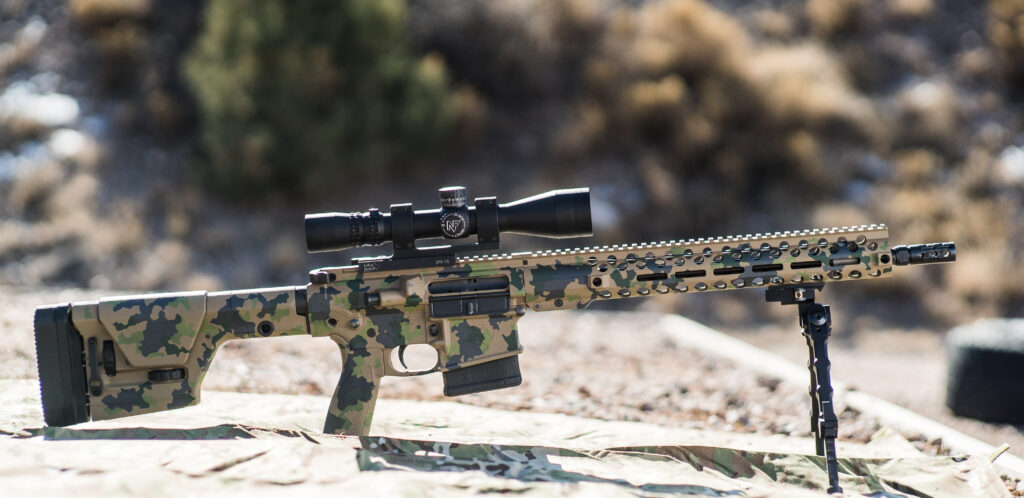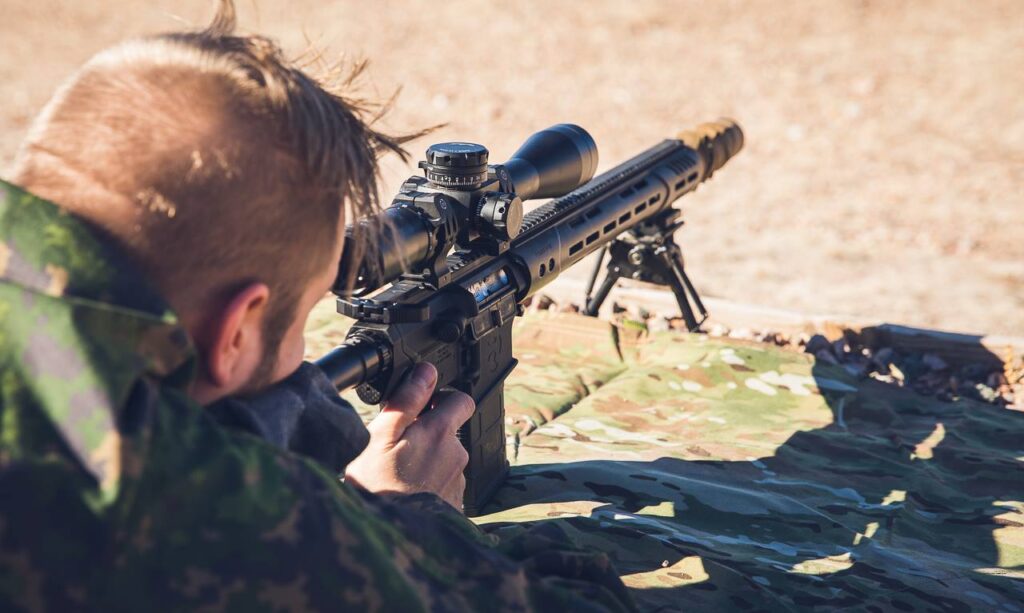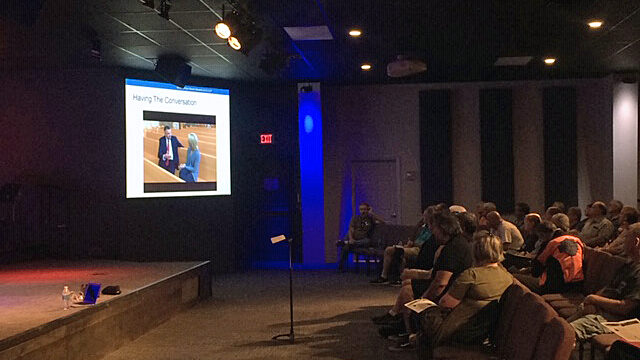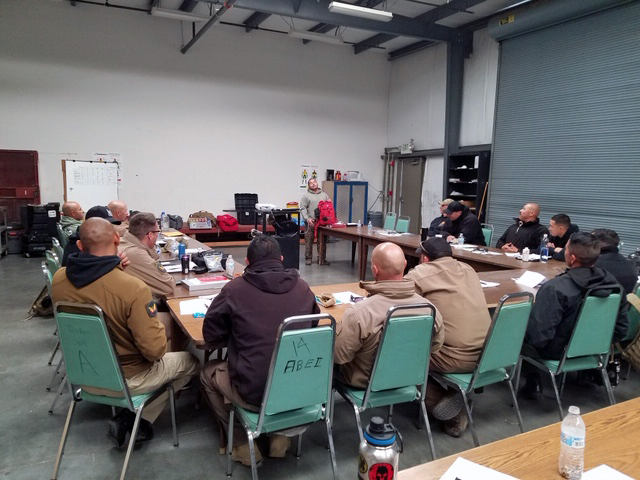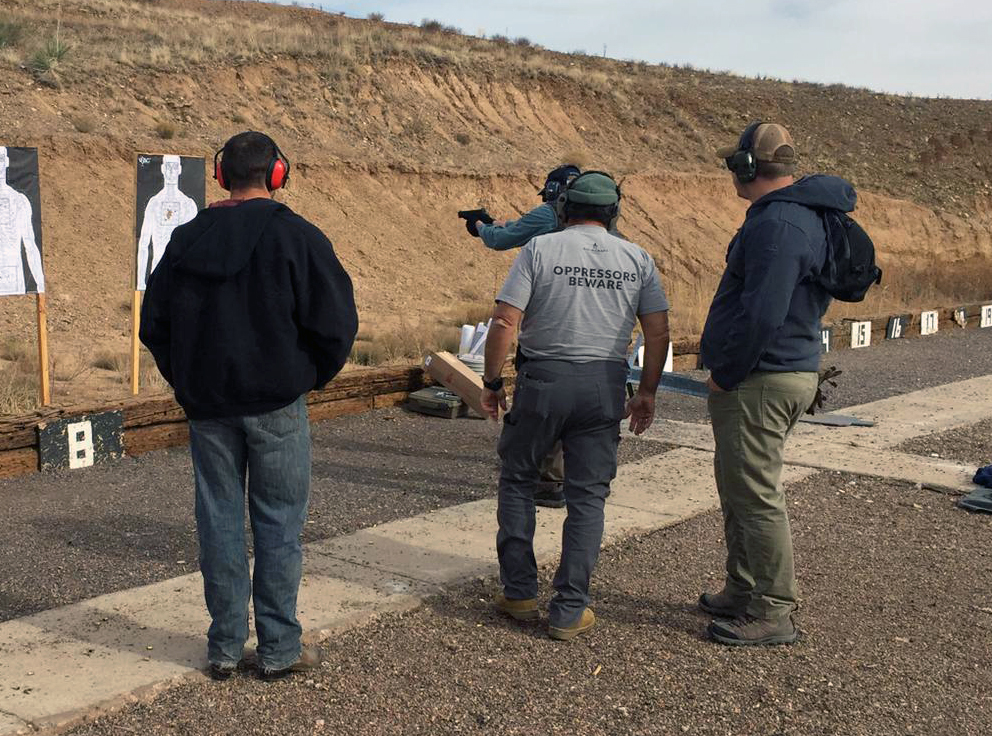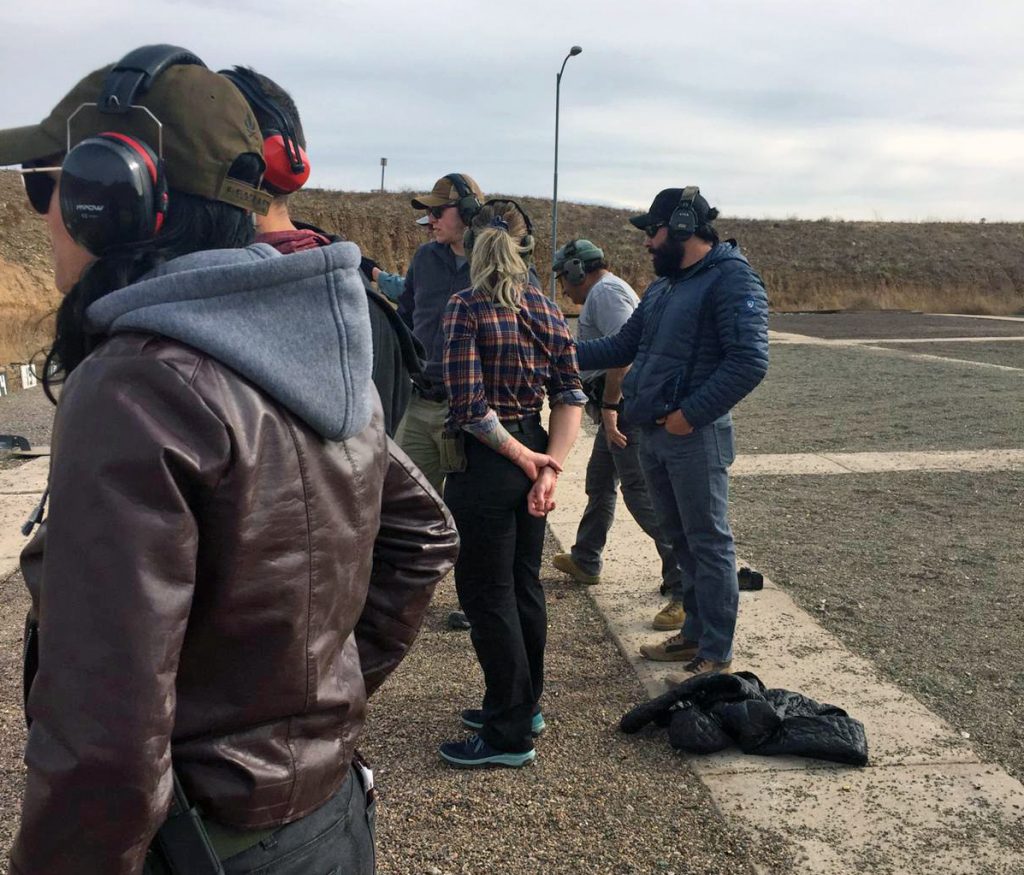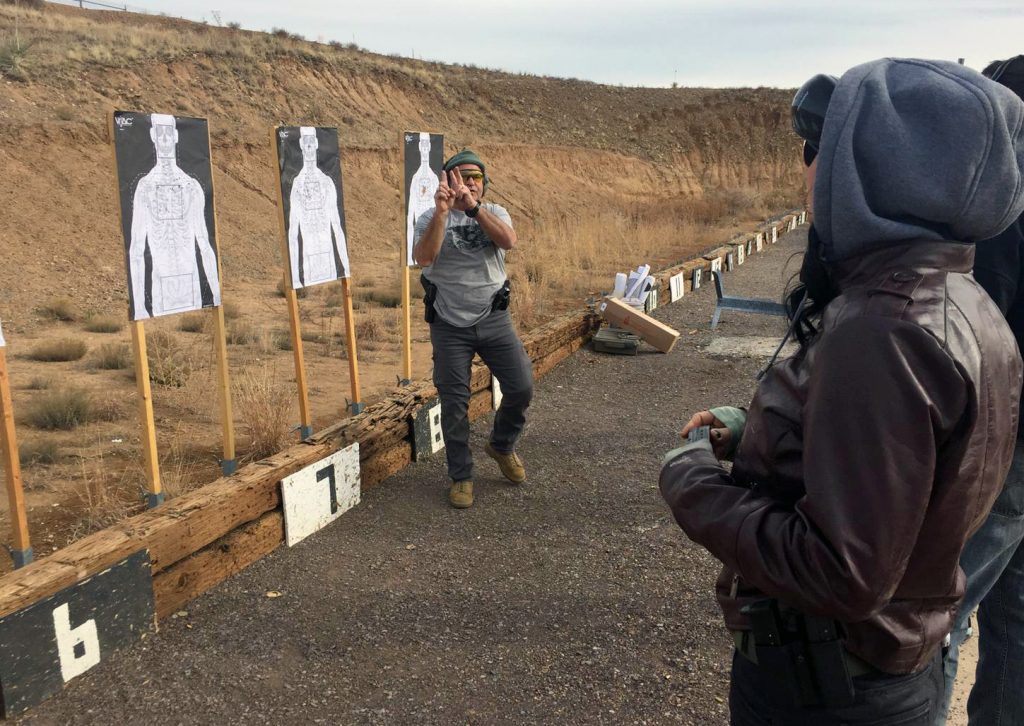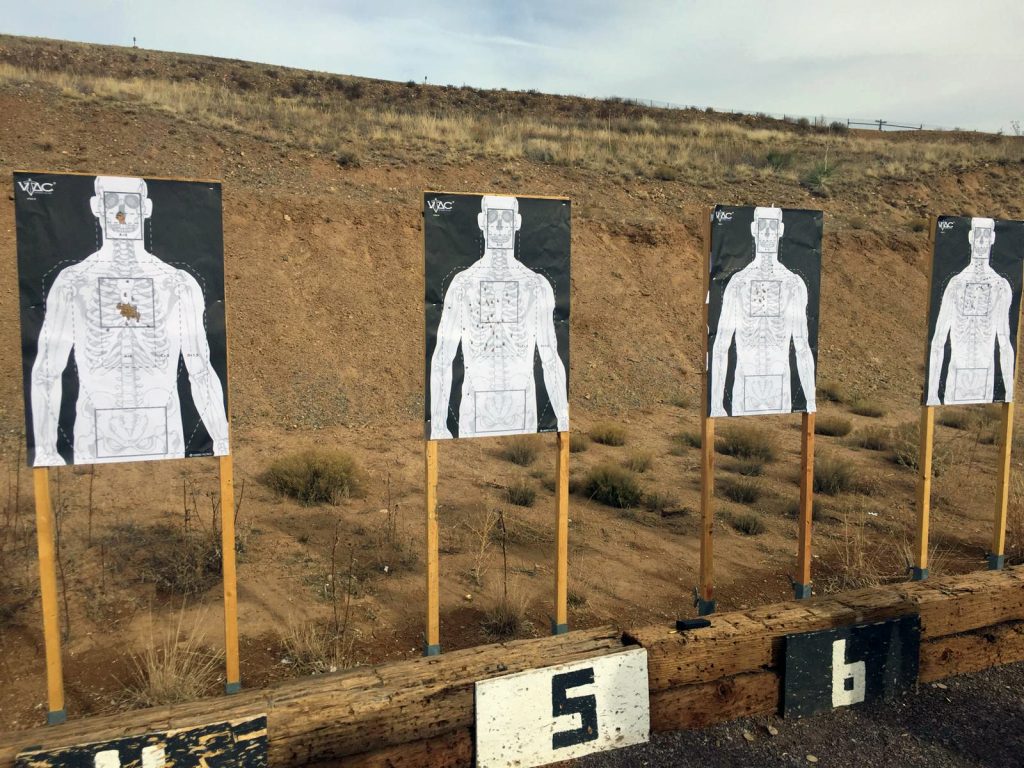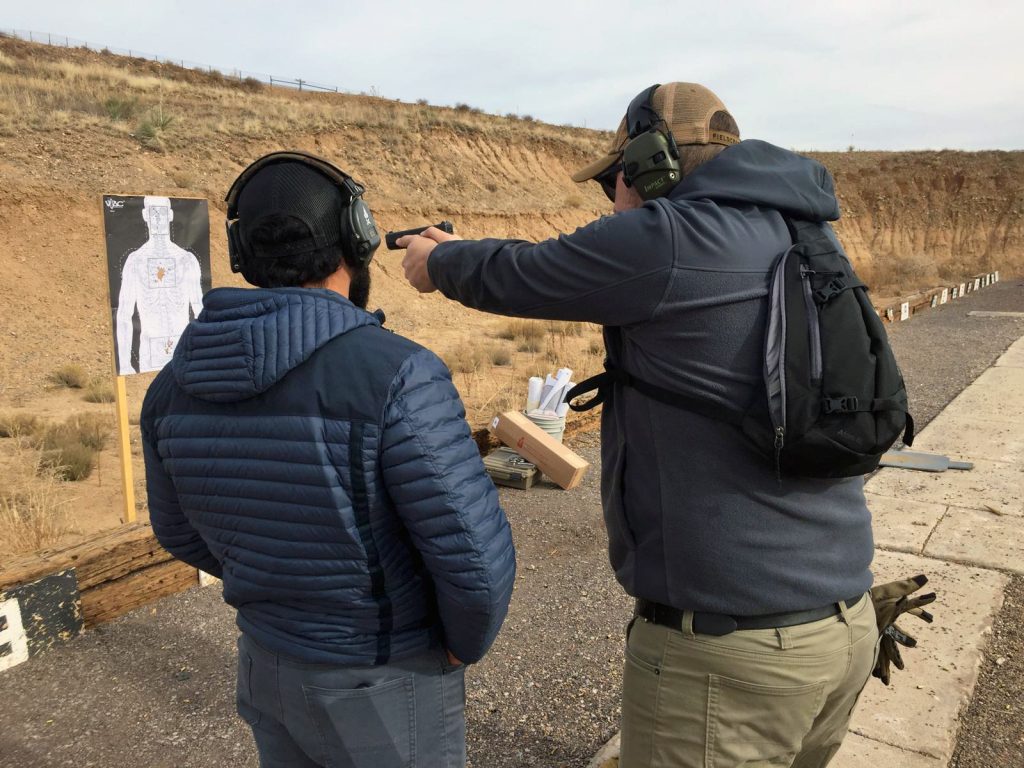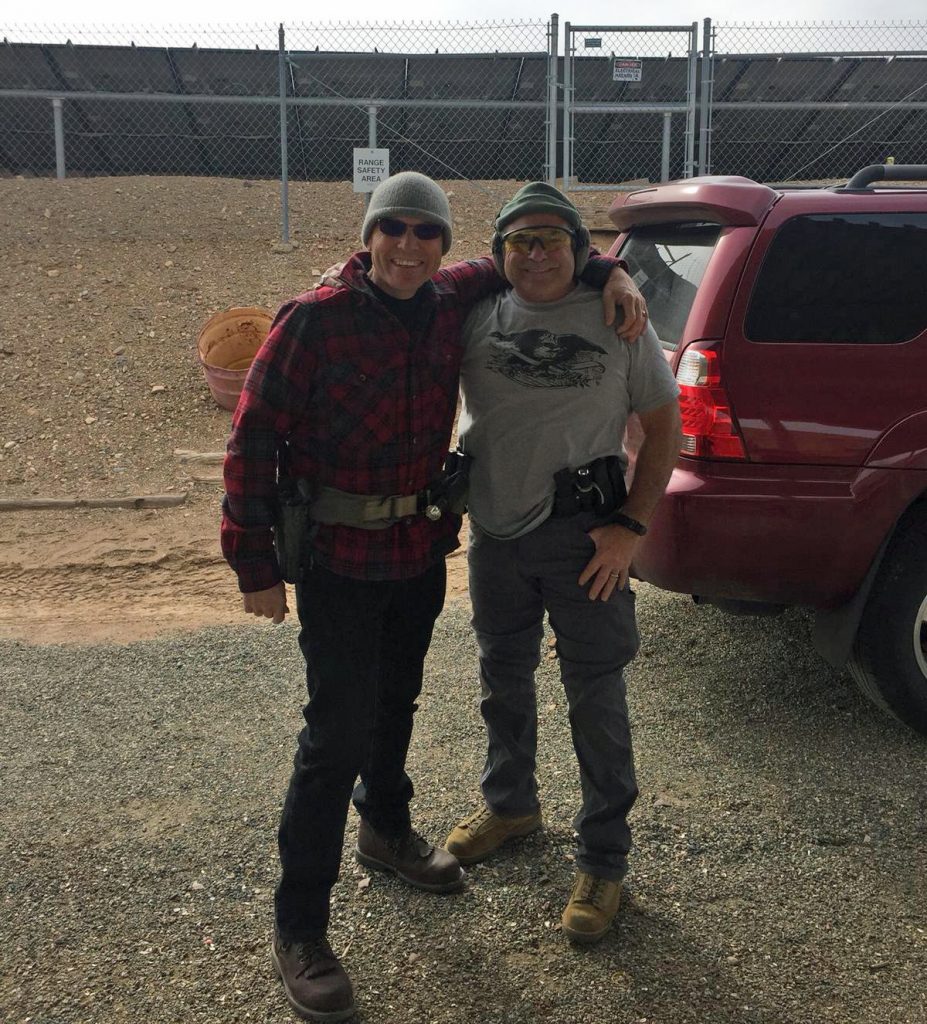In this second part of our discussion on the DMR (Designated Marksman Rifle) and DDMR (Designated Defensive Marksman Rifle) concept, we’ll focus on practical advice for selecting and using DMR equipment effectively. Whether you’re an experienced marksman or just starting out, understanding your gear and how to use it is the key to success.
1. Choosing Your Rifle
Your rifle doesn’t have to be overly complicated or expensive. The most important factors are reliability, ease of use, and consistent performance. A semi-automatic rifle chambered in .308 (7.62 NATO), 6.5 Creedmoor, or even 5.56 NATO can work well for a DMR. Here are some things to consider:
• Barrel Length: A barrel length between 14 to 16 inches is ideal for balancing portability with accuracy. Shorter barrels make the rifle more maneuverable without sacrificing too much range.
• Trigger: Invest in a good-quality trigger. A clean, crisp trigger pull can improve accuracy.
• Stock: Make sure your stock allows for a comfortable cheek weld and good eye alignment with your optic. Adjustable stocks can make a significant difference.
I break rifles into two categories: ”Light” and ”Heavy.” The light category includes rifles based on the AR-15 platform, like those chambered in 5.56mm or 6.5 Grendel. The heavy category includes rifles chambered in 6.5mm, 7.62mm, and other larger calibers. Each type has its advantages depending on your operational needs:
- DMR Light: A DMR light rifle typically has a lighter barrel and components, making it more maneuverable and easier to carry for long periods. It’s well-suited for dynamic situations that require mobility. DMR light rifles typically use calibers like 5.56mm, which is lighter and offers higher magazine capacity, making it ideal for rapid, close-to- mid-range engagements.
- DMR Heavy: A DMR heavy rifle features a heavier, more rigid barrel for better accuracy and stability, especially for long-range engagements. These rifles often use larger calibers like 7.62mm, which provide more stopping power and accuracy at longer ranges but come with added weight.Remember, the rifle is just a tool; mastering its use is more important than the brand or model.2. Optics: See Clearly, Shoot EffectivelyThe optic is arguably just as important as the rifle itself. For DMR use, a Low-Powered Variable Optic (LPVO) or a fixed-power scope can work wonders. Consider these key points when selecting your scope:
- Magnification Range: An LPVO with one to six or one to eight magnification is versatile enough for close to medium-range targets. If you plan to engage targets beyond 800 meters, you might want a higher magnification range, like three to nine.
- Second Focal Plane (SFP): For general-purpose DMR work, SFP scopes are more user- friendly because the reticle size remains consistent, no matter the magnification.
- Durability: Your optics must be able to handle the recoil of your rifle and the conditions you’re working in. Look for water- and shock-resistant optics.A quality scope relies on precision-engineered internal components. High-grade lenses provide optimal light transmission and clarity. The reticle, usually etched onto the glass, ensures consistent accuracy. Quality scopes also have robust internal mechanisms for making precise adjustments and are built to maintain zero under recoil. These features ensure reliability and consistent performance.When selecting a scope for the DMR, consider top brands like Leupold, Zeiss, Schmidt & Bender, Kahles, U.S. Optics, Nightforce, Trijicon, and Swarovski. These manufacturers, based mainly in the U.S. and Europe, are known for their high-quality optics, especially in the realm of low-powered variable optics. Key factors to look for include optical clarity, a versatile reticle, durability, and ease of use.3. Support Equipment Support gear can help improve your shooting effectiveness in dynamic environments. Here are some essential items:
- Bipods and Tripods: While DMR positions are often hasty, a lightweight bipod can provide valuable stability for prone or kneeling shots. That said, it’s important not to rely on support gear too much. Practice shooting unsupported as well.
- Slings: A good two-point sling lets you carry your rifle securely and transition between shooting positions quickly. Make sure it’s adjustable and comfortable.
- Magazines: Use reliable magazines that feed consistently. Always carry extra magazines to keep up with extended engagements. 4. Courses of Fire for Building Skill Training with your equipment is the key to becoming effective. Here are some drills to help you build confidence and skill:
- Hasty Position Drill: Practice transitioning from standing to kneeling or prone while engaging targets at different ranges. This helps you develop muscle memory for real- world situations.
- Rapid Engagement: Set up multiple targets at varying ranges. Engage each target quickly but accurately to simulate a dynamic environment.
- Range Extension: Start at shorter ranges, such as 100 meters, and gradually work your way out to 500-600 meters. Track your consistency and note any adjustments needed in your technique or equipment.
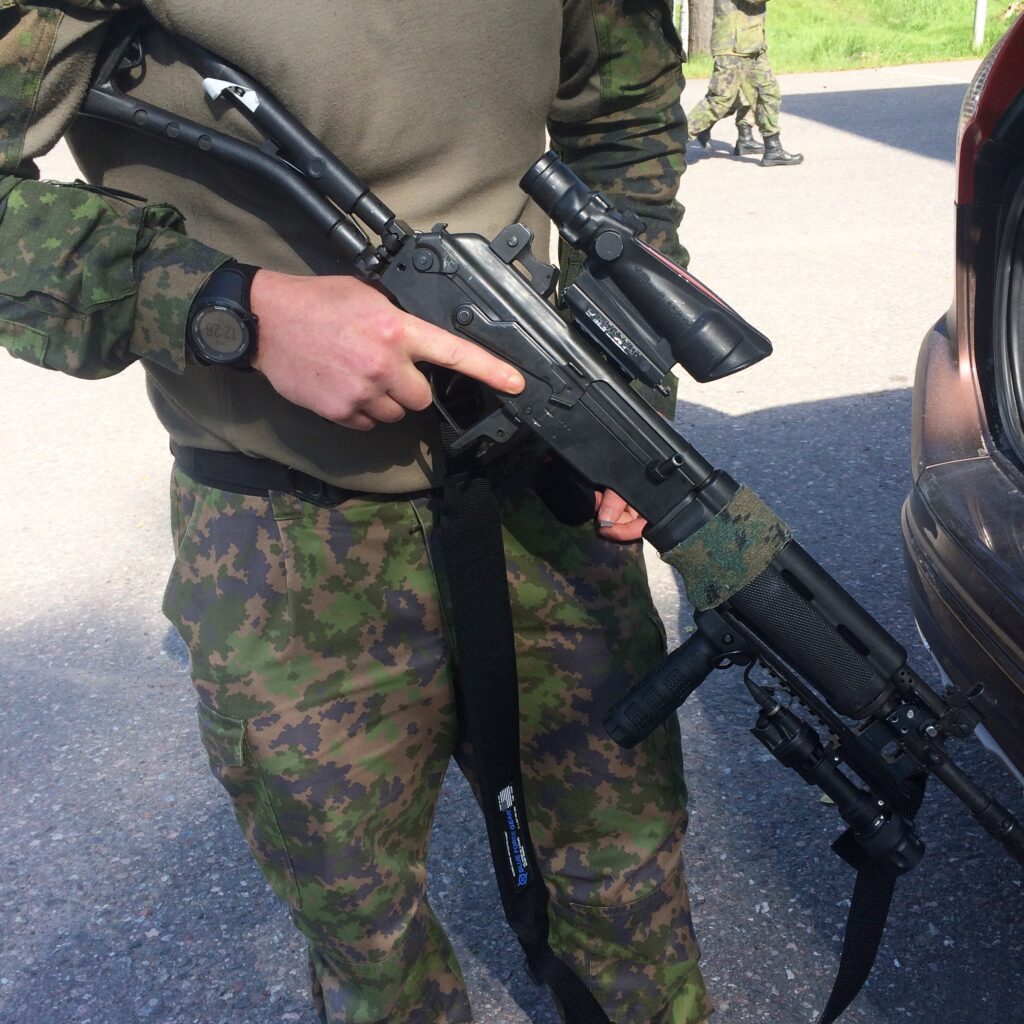
5. Mindset: Confidence Through Preparation
Success with the DMR platform is not just about having good gear—it’s about having the confidence and skills to use it effectively. Practice regularly, get familiar with your equipment, and trust your abilities. The more you understand your gear, the more options you’ll have in a firefight.
The Evolution of Roles: A Comparison
It’s worth mentioning that the U.S. Marine Corps recently eliminated its long-standing scout sniper program. This change reflects a new approach, where reconnaissance battalions now handle sniper operations instead of having them integrated into infantry units. While this marks the end of a storied tradition, it also shows how the military is shifting toward role specialization and reassessing battlefield needs.
The U.S. Army’s Squad Designated Marksman Rifle program equips soldiers with precision semi-automatic rifles, boosting squad-level firepower. On the other hand, the Marine Corps has restructured its infantry battalions, replacing scout sniper platoons with scout platoons focused on reconnaissance.
The DMR/ DDMR concept is about versatility. Instead of focusing solely on precision and stealth, the DMR platform bridges the gap between general infantry rifles and specialized sniper systems. This gives marksmen the ability to engage targets across different distances and scenarios, offering tactical flexibility that adapts to modern military strategies.
Global Use of DMRs in 2025
Several countries have integrated DMRs into their military forces. The U.S. Army, for example, uses the M110A1, based on the HK417 design. Germany uses the G3A3ZF-DMR and the G28, while Finland employs the Sako M23 in various configurations. Other countries, like India, Israel, and Hungary, also use DMRs in their forces. The French Army has adopted the FN SCAR-H PR, a semi-automatic rifle chambered in 7.62×51mm NATO, equipped with a Schmidt & Bender PMII Short Dot Dual CC 1-8×24 scope, replacing the FR-F2 sniper rifle.
Conclusion
The DMR/ DDMR platform isn’t out of reach or overly complex. With the right approach and consistent training, it can be a game-changer in the field. This article has covered the practical aspects of rifles, optics, and support equipment, as well as key training exercises.
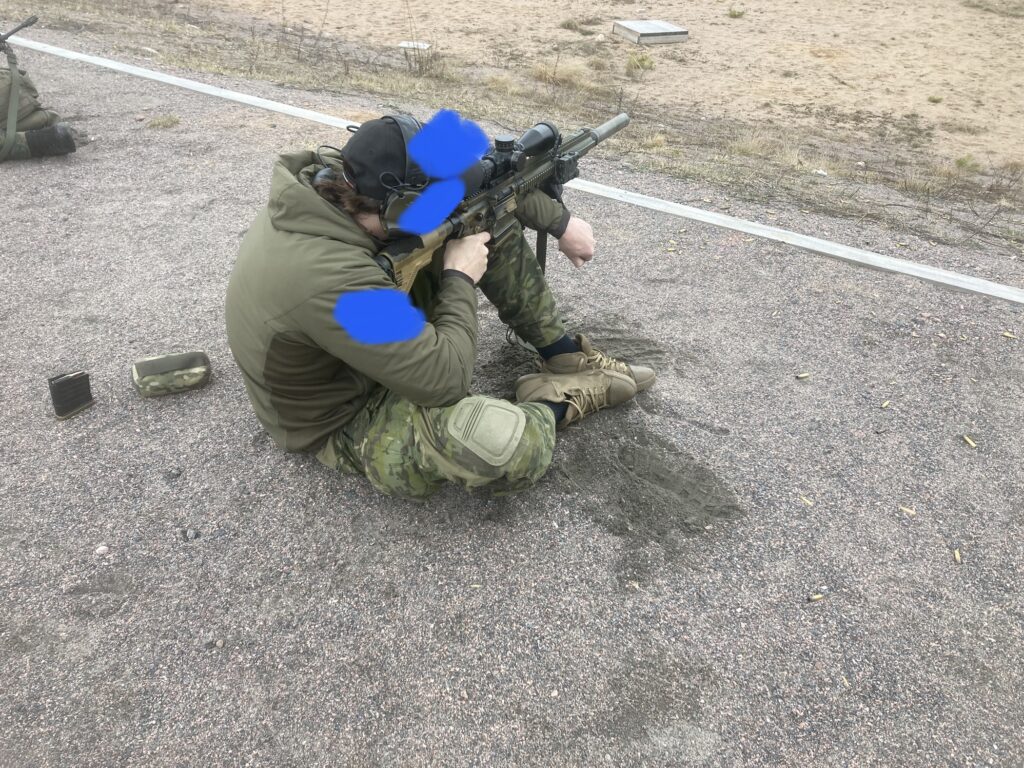
If you desire to take your skills to the next level, consider attending our DMR 1 (24 hours) class on May 10 & 11, 2025, prior to the course you will be provided a book, and zoom classes. This class has very limited space. You can register for this via IMTT@SEKUR.COM , a 100 Euro deposit locks your seat the course send payment to Pay Pal to MONTEIMTT@GMAIL.COM . Very few of these types of courses are offered anywhere. We’ll dive deeper into these concepts to ensure you leave with the confidence and knowledge to excel with the DMR platform. I look forward to seeing you there!
